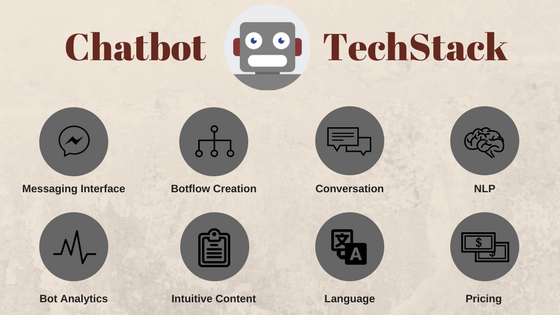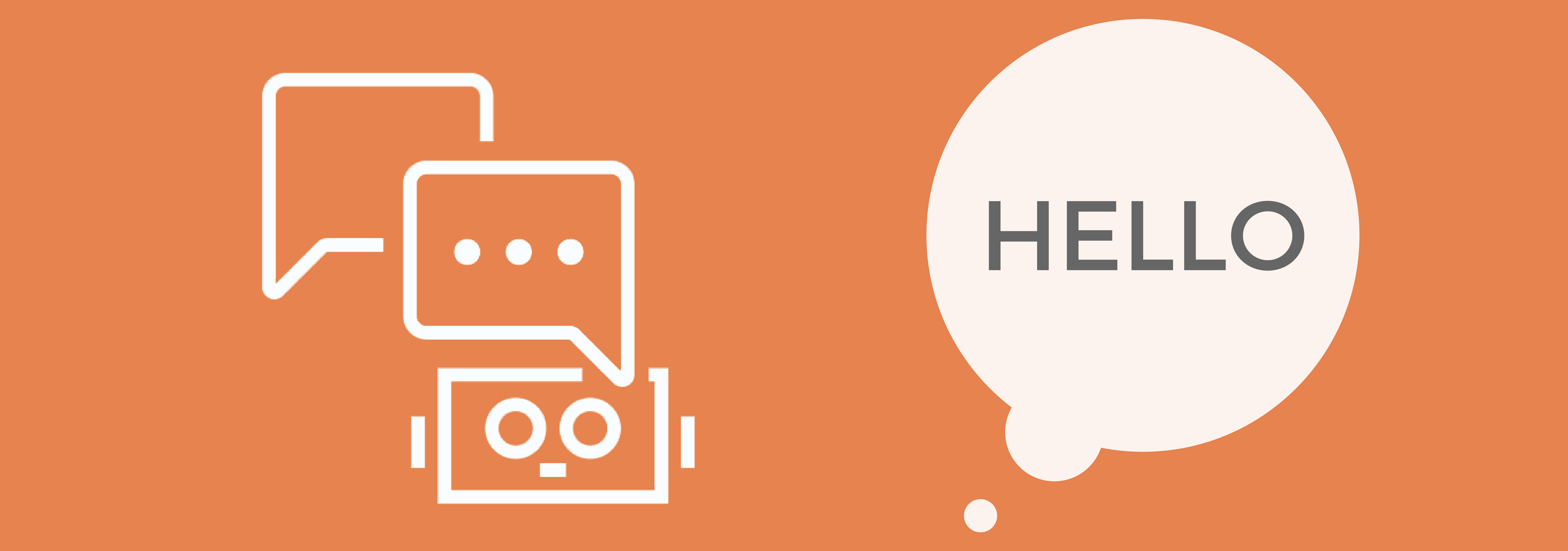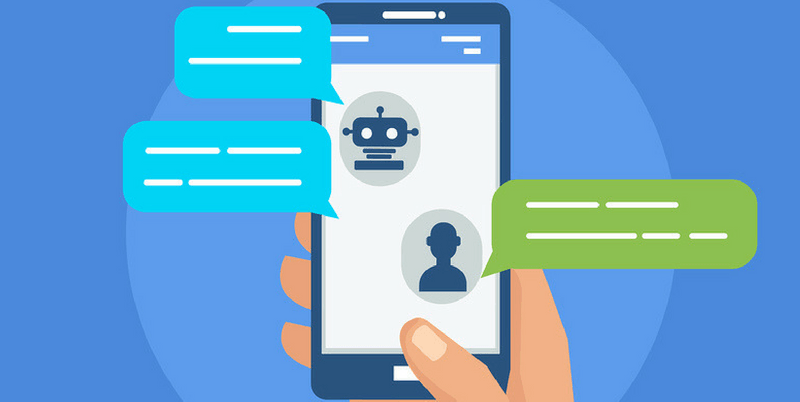How do Chatbots work? : A Layman Guide
The year 2017 did see a major hype of automated conversation. Chatbots actually changed how the brands conversed with their end consumers. So, if you...

Intelligent messaging solutions can actually help deliver stupendous results and better experiences at a very attractive cost per contact. To achieve benefiting results it is important to consider Chatbot architecture in its entirety. Missing out on one key element of the technology stack and the Chatbot fails to achieve the desired course of action. So here we are mentioning some crucial factors to consider while vouching for a Chatbot.

In all the hype to get a perfect bot done, organizations tend to overlook the critical parts of chatbot development. While designing a bot three factors need serious attention. Enterprises must make sure that the end product must be viable, desirable and feasible to the utmost. These 3 criteria should be actual benchmarks when deciding for your bot.
Start small and follow KPI’s/ analytics, compare the objectives you want to achieve with your solution and then scale up eventually. Design multiple conversational flows to find which suits best for your needs.
Love what you read? Then grab a fresh piece of content right here.
Here we dig into some really important factors that a bot creator needs to consider before opting for the technological stack and getting a perfect bot ready. Let us dive right into the checklist for that matter.
The foremost question you should be asking is “Where are your users? “ which is actually which platforms are being used by your users for the end interaction with the bot. Whether they use voice, chat, web or a normal messenger, you need to figure out what works best for your users. This also includes the mode the bot uses to communicate with its customers.
For instance,

You need to ask whether or not you want your users to be able to make tweaks to the bot in real time. If yes, then how frequent the process would actually be. Also, ensure simple graphical flows if content demands alteration quite often.
Code-free technologies like Converse.ai, ManyChat, Octane.ai are some mind-blowing tools to design the graphical bot flow which is excessively convenient through their drag and drop interfaces but certainly are limited to customizations.
We have two classes of Chatbots, some driven by intents (conversation) others based on actions (services). One main objective is to convert probabilistic loose conversations to the structured services the Chatbot understands. Today these conversational capabilities are improving with the effective use of Artificial Intelligence, Machine Learning, and other intelligent technologies.
Once the chatbot understands what the customer needs to say, the Chatbot can choose to generate a response based on the current input and context of the conversation. The bot communication generated is basically either based on intent or on the actions. There are mainly these three types of Chatbot responses generated.
So if you are just willing to have an interactive that requires less time and complexity, simple tools like QNAmaker from Microsoft and Operator by Intercom can come for much help.
Also Read: How Chatbots benefit Businesses
You need to be clear whether you want your bot to be just text-based or it will include interactive templates. If your clientele is the digitally reluctant segment, you must stick to simple text. But if you plan to reach a varied audience, it is crucial to keep the designs eye pleasing and the interface highly interactive as a whole.

You simply can’t miss out on this one. It might sound that it could not bring much bring difference but analytics helps you answer some really important questions that decide the future of the bot and the next best actions. Here are some queries you must put up.
Also Read: Trending Bots in 2018
One big misconception that most of the organization suffer is the need of NLP (Natural Language Processing) for all the Chatbots. But that does not hold true for all the bots. Where some bots are absolutely simple and follow easy flowcharts there are other intelligent bots that behave more human-like.
For instance, bots that offer just a simple functionality like a product catalog doesn’t need NLP to do wonders but yes bots for advance human-like behavior definitely needs NLP.
Also Read: Intent vs Flow Chatbots
Depending upon the clientele, the language can be decided. Most times the platforms cater to English but do not include other languages. On the other hand, if multiple languages are supported, sometimes performance is affected.
Of course you need to decide in advance as to what pricing would justify the service you are offering with your bot and in conjunction with it, you can anticipate the user growth. The bot pricing models currently available are Free, Freemium (free until X Messages/ users), Subscription based and Pay per messages (includes API request)
Automated agents, Chatbots, and Artificial Intelligence definitely seem a great idea, but creating a master solution that fits and integrates well with an organization demands an effective strategy and a proper layout to follow. Therefore it becomes a must that enterprises consider the viability and feasibility of their bot well before presenting to the potential users.
Want to get a Chatbot ready? Then reach out to us for a consultation.

The year 2017 did see a major hype of automated conversation. Chatbots actually changed how the brands conversed with their end consumers. So, if you...

Chatbots have become the buzzword in marketing. These bots can automate customer service, sales, after sale service - you name it! With major...

Chatbot is a conversational interface, infused with the artificial intelligence, cognitive abilities and the power of natural language processing. It...